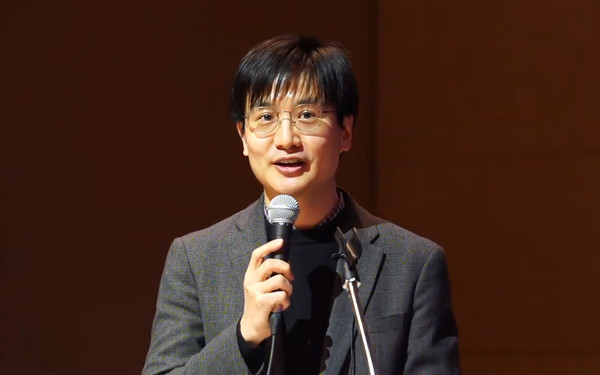A new hospital in Yongin, Gyeonggi Province, boasts its super speedy procedure to contain a Covid-19 virus. If a confirmed case is reported, the hospital can complete tracking down the moving routes of the patient and the list of contacts in just five minutes.
Yongin Severance Hospital, which reopened after renovation in March, operates the “Integration & Response Space” (IRS) to monitor the vital signs of all hospitalized patients. It also runs the “Real-Time Location System” (RTLS) to identify the location of mobile medical devices and medical staff in real-time.

The laboratory examination room has a system where specimen collection, movement, classification, examination, storage, and disposal automatically occur.
The first digital pathology system in Korea allows doctors to read the data on a screen, not through a microscope.
The hospital also operates an AI-using image reading system, a mobile app for patients, and “Y-talk,” a mobile messenger between medical professionals and administrative staff.
Yongin Severance Hospital could achieve digital innovation thanks to a strong wireless network. It is the first local hospital to build a 5G communications network. It is also equipped with a Wi-Fi6 wireless network and infrastructure for Bluetooth Low Energy (BLE) IoT.
Park Jin-young, director of the Digital Healthcare Industry Center at Yongin Severance Hospital, said a digitally innovative hospital could be established based on a well-equipped wireless network at the “Smart Hospitals, Before and After Covid-19” conference on Tuesday.
“Yongin Severance Hospital installed a 5G communications network, Wi-Fi6, and BLE inside the hospital for networking. With the three wireless networks, we have established an infrastructure to connect all digital solutions,” Park said.
Even though he did not know the Covid-19 outbreak would occur, he thought it was important to manage infectious diseases within the hospital and sought ideas on utilizing the real-time location system. “By tagging medical staff, faculty, patients, and guardians, we built an integrated infection control reaction system and an algorithm to respond preemptively,” he said.
According to Park, if a Covid-19 case is reported, the hospital can trace the patient’s moving routes of the last two days before the onset of the symptoms. The hospital system's working memory has 14 days’ worth of data, and the system fetches and analyzes previous data from another server, he explained.
“Within 5 to 30 minutes, the system analyzes and shows where the confirmed patient went and whom he or she contacted for how long,” he said.
Based on the quick and accurate analysis, the hospital can limit closed spaces and take quarantine measures swiftly, he added.
The hospital also took care of privacy issues.
Y-talk is available only within the hospital, which gives no risk of information leakage, Park said.
“Because the messenger could contain sensitive information, we put more priority on security. Wearing a beacon -- a device sending location information -- requires consent,” he said.

